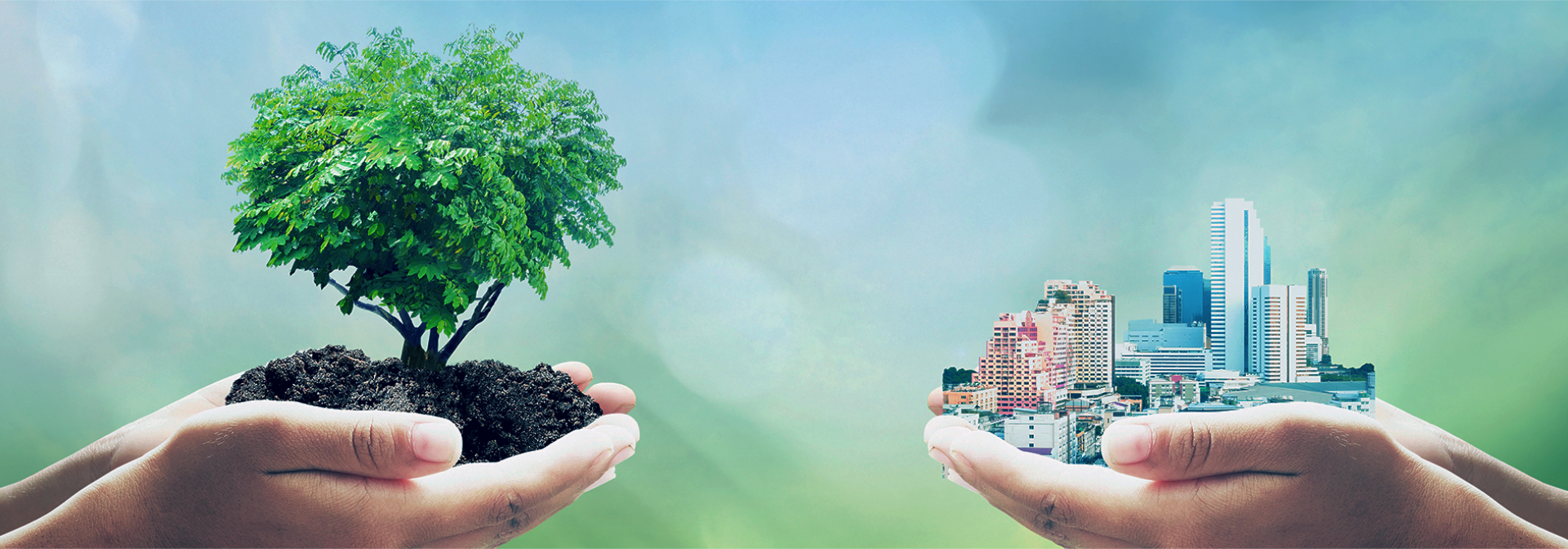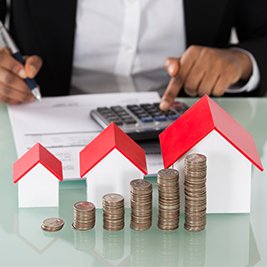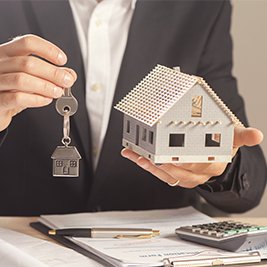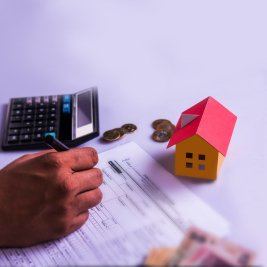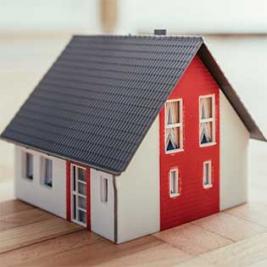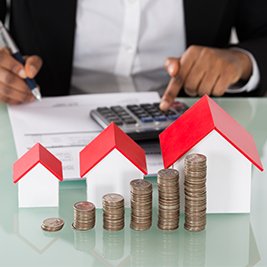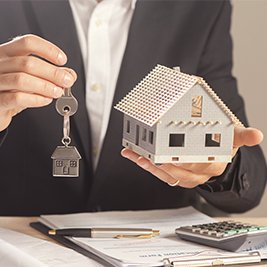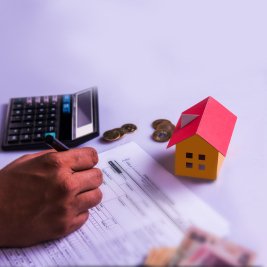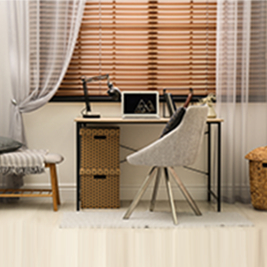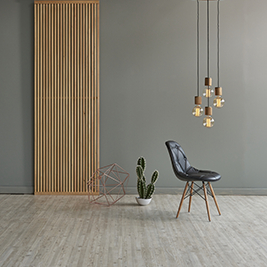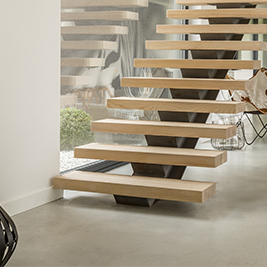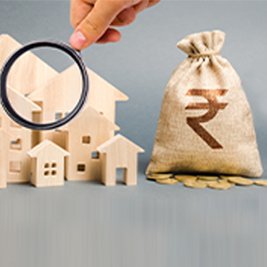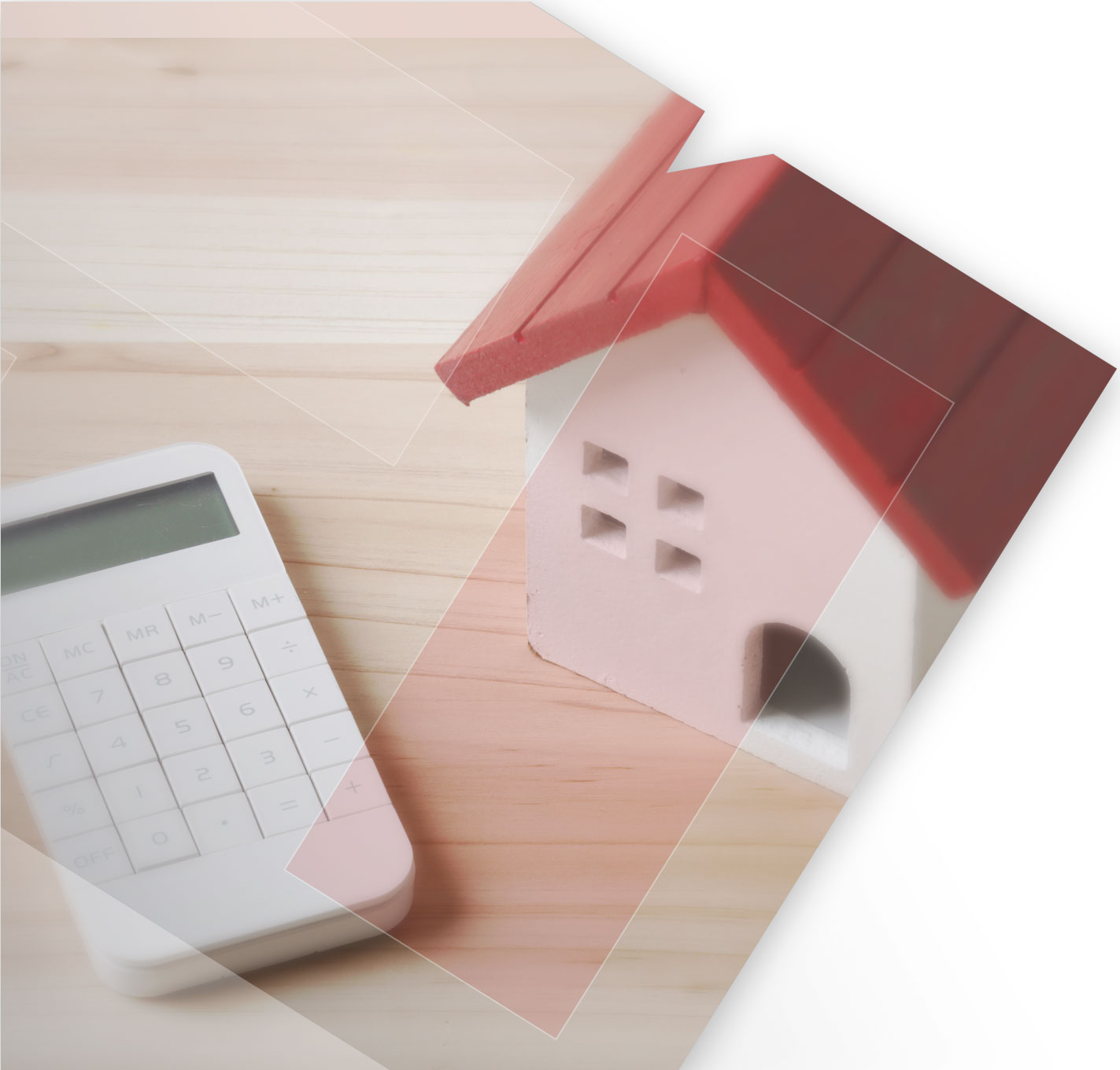The rate at which our environment is deteriorating, water crisis is rising and air pollution is aggravating; it has become utmost important to adopt ways to conserve nature. ‘Go Green’ is the new buzzword and the construction industry is definitely not far away. Since the construction industry has a major impact on the internal as well as external environmental factors such as air, water, natural resources, materials, etc., ‘Green Buildings’ are definitely the way forward.
In order to encourage the developers to undertake green development, State Governments have started amending their policies to make it mandatory for the developers to install green features in their new projects. These green buildings offer not only environmental benefits but also economic benefits to the residents in terms of improved quality of life as well as cost savings in the long run.
 Reduction in electricity bills
Reduction in electricity bills
One of the major features of the green buildings is installation of ‘solar photo-voltaic panels’ to take care of heating and lighting requirements of internal as well as external spaces. Since cooling, heating and illumination accounts for roughly half of the electricity usage, employing these solar panels will lead to reduction in monthly electricity bills as well as operating costs. The developers also provide energy star-rated appliances to further reduce the electricity bills. Now a days, a large number of green buildings supply the excess generated power to the national power grid, thereby getting rebate on power bills as well as serving the larger national interest.
In addition to these installations, a number of projects have also resorted to having traditional building architecture and design based on solar path, wind directions, type of climate, etc. These methods have resulted in improved daylight in the rooms for most part of the day thereby reducing usage of electricity.
 Reduction in ground water usage
Reduction in ground water usage
These projects are well-equipped with rain water harvesting systems and waste water recycling systems which can be used for landscaping as well as flushing requirements. These systems reduce the dependency on ground as well as municipal water requirement. In addition to these systems, developers also use low-flow and sensor-based fixtures to further cut down the water usage.
 Better health and productivity
Better health and productivity
Another goal of green buildings is to improve air and water quality leading to improved health and productivity among the residents. Some of the ways of achieving it is by using materials, paints and adhesives with low volatile organic compounds. These compounds can cause serious health consequences in large concentrations.
 Waste management
Waste management
Green buildings employ segregation of waste and also convert waste into organic manure. This can act as an additional source of income for the residential society. These buildings also educate the residents to judiciously utilize resources in their daily lives.
 Higher market value
Higher market value
It is generally observed that houses and offices which are equipped with green features retain higher resale value as their utility and maintenance cost is lower as compared to traditional buildings.
 Provision for battery operated cars
Provision for battery operated cars
Green buildings have provision for battery charging stations in an effort to promote use of alternative and low emitting vehicles.
Home calculations made easy to help you plan your home
MISSED CALL
Give us a MISSED CALL for New Home Loan
- 09289200017
